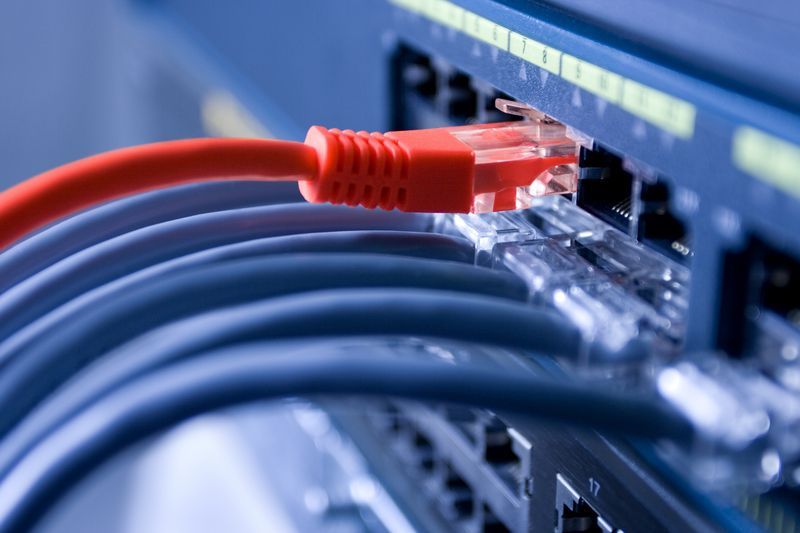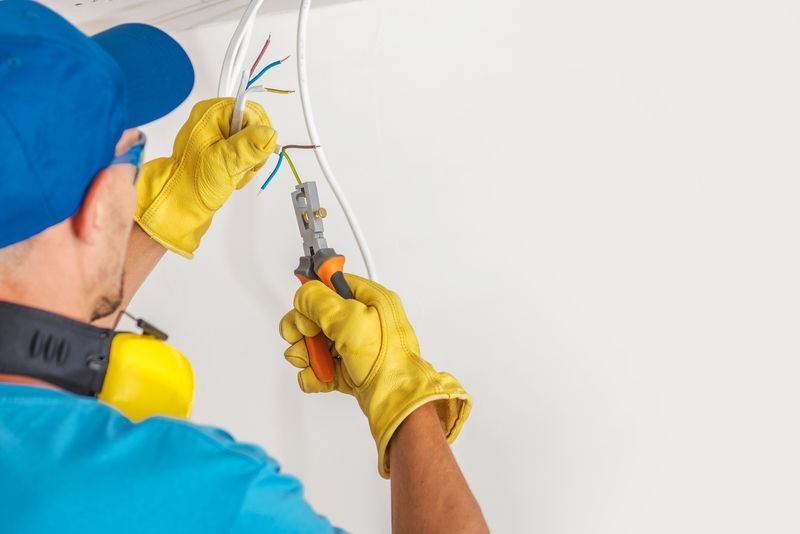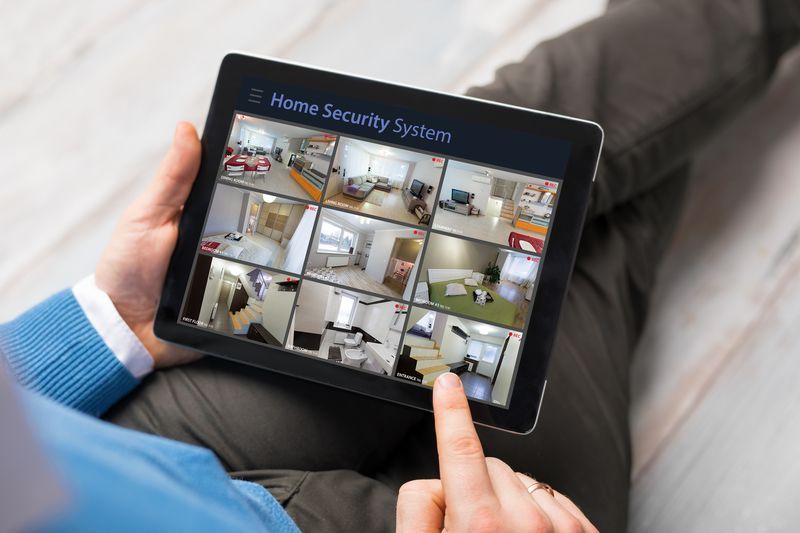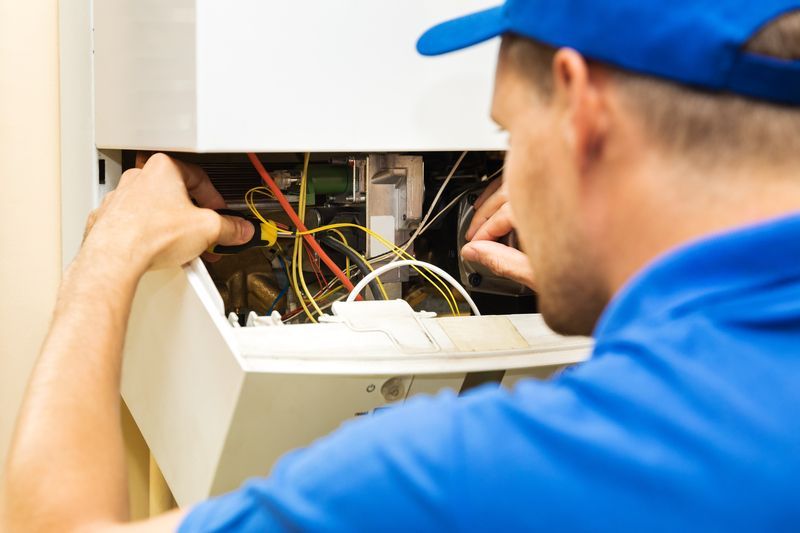The world of network cabling is evolving rapidly, bringing new opportunities for faster and more reliable connectivity. Recent advancements are paving the way for improved data transmission and robust network infrastructure. These changes are essential for businesses and individuals who rely on strong and efficient connections for their daily operations. Understanding these developments can help you stay ahead in an increasingly connected world.
The Evolution of Network Cabling: A Brief History
Network cabling, a critical backbone of modern digital communication, has undergone significant evolution since its inception. The journey began with the deployment of simple telephone wires and has advanced to complex structured cabling systems that form the lifeline of today's internet and data communication.
One of the major milestones in the history of network cabling was the introduction of coaxial cables in the 1940s, designed initially for television networks but later adopted for computer networks. The 1980s saw the emergence of twisted-pair cabling, which became the standard due to its cost-effectiveness and ability to reduce electromagnetic interference. Advancements continued with the development of fiber optic cables in the late 20th century, offering unprecedented speeds and bandwidth capacities. These innovations collectively contributed to the scalability and efficiency of network infrastructure, adapting to the demands of escalating data volumes and communication needs.
The Current State of Network Cabling
Today, network cabling is characterized by a variety of standards designed to meet the diverse requirements of different applications. The most widely used cabling standards include Category 5e (Cat5e), Category 6 (Cat6), and fiber optic cabling. Cat5e, Cat6A and Cat6, belonging to the twisted-pair cable family, are prevalent in most modern office environments, supporting Ethernet speeds up to 1 Gbps and 10 Gbps, respectively. Fiber optic technology, on the other hand, excels in high-speed data transmission over long distances, making it a preferred choice for backbone network connections and high-speed internet services.
Structured cabling systems have become a cornerstone of modern infrastructure, integrating various data, voice, and video communications into a single, comprehensive network. This holistic approach ensures greater flexibility, scalability, and performance, accommodating the rapid advancements and increasing complexity of network environments. By adhering to standardized cabling and installation practices, businesses are better positioned to manage and expand their communication networks, facilitating seamless connectivity and operational efficiency.
From its humble beginnings to the complex networks of today, network cabling has consistently evolved to support the relentless progress of technology. Understanding its history and current state is crucial for businesses looking to leverage connectivity to stay ahead in the digital age.
Emerging Trends in Cable Technology
The landscape of network cabling is continuously evolving, driven by technological innovations and the ever-increasing demand for faster, more efficient data transmission. Recent advancements in both copper and fiber-optic cables signify a leap toward unprecedented network performance and reliability. One of the most notable developments is the advent of Category 8 (Cat8) cabling. Designed to support bandwidths up to 2GHz (2000MHz) for up to 30 meters of cabling, Cat8 represents the future of copper cabling. Its introduction is specifically geared towards supporting high-speed data centers and applications requiring the utmost data transfer rates, like 25GBase-T and 40GBase-T ethernet connections. Parallelly, the adoption of fiber-optic technology continues to surge, majorly due to its superior bandwidth and durability benefits. Unlike traditional copper cables, fiber optics are less susceptible to electromagnetic interference and can transmit data over much longer distances without significant loss, making them ideal for the backbone of any extensive network system.
The Demand for Speed and Bandwidth
The relentless expansion of big data applications and the proliferation of the Internet of Things (IoT) devices have significantly raised the stakes for network infrastructure worldwide. These technologies demand not only higher speeds but also greater bandwidth to facilitate the seamless flow of massive volumes of data. The emergence of 5G technology is set to redefine network cabling requirements. While 5G is predominantly seen as a wireless technology, its backbone relies on a robust wired infrastructure to support the increased data rates and the density of the 5G network nodes. Consequently, both copper and fiber-optic cabling systems must evolve to accommodate these needs, ensuring minimal latency and maximum reliability.
Smart Buildings and Integrated Systems
The concept of intelligent building designs integrates network cabling into the very fabric of buildings, enabling automated and highly efficient management systems. In these smart buildings, network cabling plays a crucial role by providing the infrastructure needed to support a vast array of IoT devices and building management systems, including HVAC, lighting, security, and more. Intelligent cabling solutions, which are adaptable and can handle multiple types of data transmission, are becoming essential. These systems not only support the current needs of the building but also provide the scalability to adapt to future technologies and demands. The role of network cabling in this context is pivotal, as it ensures that smart buildings remain at the forefront of innovation, sustainability, and operational efficiency.
As we push the boundaries of what's possible in network connectivity, the trends in cable technology, the increasing demands for speed and bandwidth, and the integration into smart buildings are shaping the future of connectivity. This evolution is not just keeping pace with technological advancement but is actively shaping the future of how we interact with and manage our digital world. I'm unable to fulfill this request.
Unlock the potential of your network infrastructure with the latest advancements in cabling technology. Contact Data Cabling Service today to upgrade your network and stay ahead of the curve. Our experts are ready to transform your connectivity experience.











Our Licenses
Idaho - Contractor RCE-38750
Public Works PWC-C-10922-AA-4
Washington – Contractor #DATACCS781M7, Telecommunications
Nevada – Contractor 0073841, Class C-2D
California – Contractor 937948, Class C-7